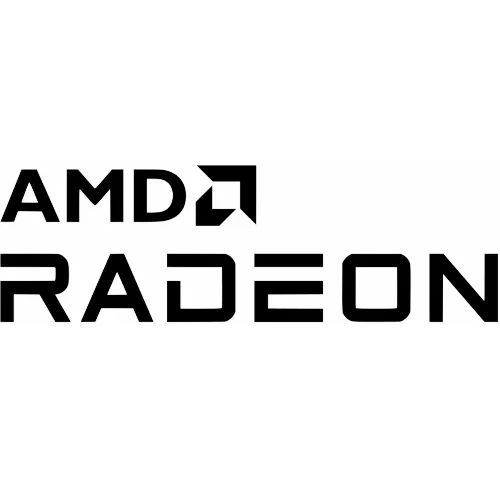RADV Ray-Tracing Now Rendering Quake II RTX Correctly But Very Slowly

Prominent RADV developer Bas Nieuwenhuizen has been working on the ray-tracing support for the RADV Vulkan driver for some time and making good progress even without AMD's official open-source AMDVLK driver supporting ray-tracing (only their closed-source Vulkan driver currently exposes the Vulkan RT extensions).
Bas is seeing around a 90% pass-rate with the Vulkan conformance test suite for non-skipped tests but even more exciting is that he has now fixed the corruption issues previously plaguing their early Quake II RTX support.
While Quake II RTX corruption issues have been fixed, the performance is at roughly half of the Windows performance. The performance shortcoming is due to not yet tailoring the RADV ray-tracing for performance and missing important optimizations. Details on this slow ray-tracing support via Bas' blog.
Once the Vulkan CTS is properly passing, they will be working to upstream the code in mainline Mesa. Additionally, work will get underway in trying to get DXR 1.0 games working with VKD3D-Proton. After that stage is likely when performance will go into focus for RADV ray-tracing.
48 Comments

